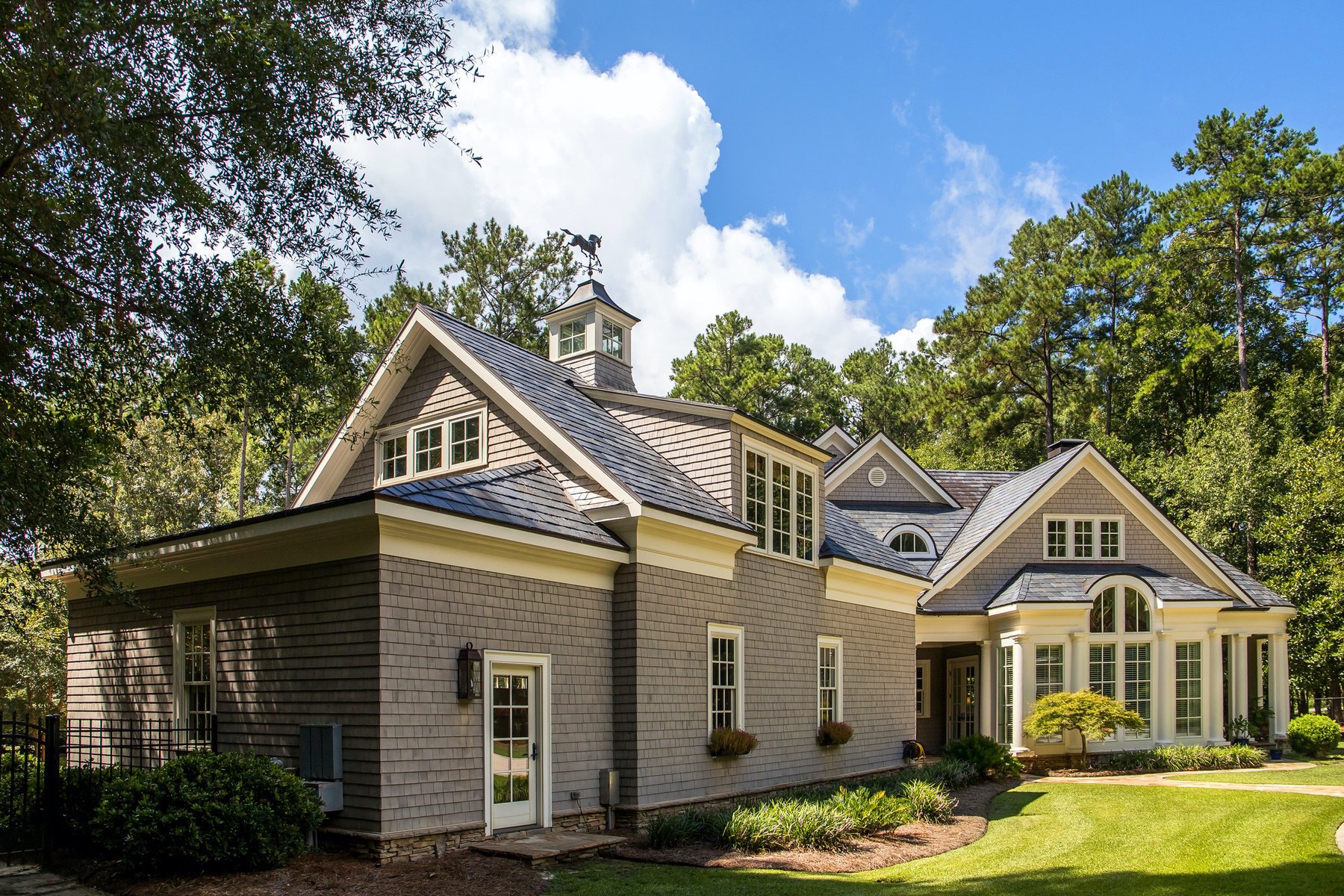Regarding transforming a house into a home, few things are as impactful as a fresh coat of paint. The appropriate colors can infuse new life into your environment, enhance its visual appeal, and even boost its value. Hiring a professional painting contractor can be a game changer in this process, ensuring that every detail is meticulously executed. If you wish to renew your interior, revamp your exterior, or take on a DIY project, understanding the array of contractor services available can assist you make wise decisions.
In this write-up, we will explore the different aspects of hiring a painting contractor, from selecting the ideal color for your home to knowing what to expect during the process. We will examine the benefits of professional services versus DIY painting, the importance of proper preparation, and tips for maintaining your investment. With insights on the latest trends and practical advice, we strive to guide you through the colorful world of painting, helping you achieve the stunning, welcoming atmosphere you want in your living spaces.
Determining the Ideal House Painter
Locating the suitable house painter is essential to achieving a positive painting project. Begin by seeking recommendations from friends, family, or neighbors who have recently hired a painter. Online reviews can also provide information into the quality of work and customer service provided by multiple contractors. Look for specialists who have positive feedback about their trustworthiness, attention to detail, and skill to engage well throughout the project.
Once you have a selection of potential painters, obtain quotes to evaluate their pricing and services. Be sure to check each contractor about their experience, including the varieties of projects they specialize in, and check if they have valid insurance and credentials. This not only helps safeguard you as a homeowner but also makes certain you are employing a competent professional who adheres to safety standards and regulations.
Finally, remember to assess their portfolio of past work. A reputable house painter should have a showcase of completed projects that demonstrate their style and expertise. Engaging with their past clients can offer valuable insights into the painter's process and reliability. Choosing the ideal painting contractor involves thorough research and thoughtful evaluation, which will ultimately lead to a more pleasing outcome for your home.
Indoor and Exterior Painting Tips
When it comes to indoor paint, setup is key to achieving a perfect result. Start by clearing the space of furniture and covering floors with protective sheets to safeguard them from paint splatters. Properly clean walls to ensure that grime and grease do not interfere with paint stickiness. Don’t forget to patch any holes or cracks, and smooth down rough areas for a satin surface. Selecting the right primer is also important, especially for darker colors or when applying paint over discolored surfaces.
For exterior painting, scheduling and the weather play a significant role in the success of your project. The best time of year to tackle an exterior paint job is during mild temperatures, preferably in late spring or summer or early fall when humidity is lower. Be sure to check the surfaces for signs of damage or peeling paint before starting, as this will help determine if fixes are needed. Additionally, use paint specifically designed for exterior conditions to ensure long-lasting results.
When choosing paint for high-traffic areas or outdoor projects, robustness should be a top priority. Consider choosing premium, washable paint that can withstand wear and tear. For exterior spaces, look for weather-resistant finishes that can tolerate moisture and UV exposure. Not only will this extend the life of your paint, but it will also preserve the visual attractiveness of your property throughout the seasons.
Grasping Paint Types and Techniques
Choosing the suitable paint kind is essential for a successful painting project. There are 2 main groups: oil-based and water-based paints. Oil-based coatings are renowned for their resilience and sleek finish, making them perfect for frequently-used areas and surfaces that demand longevity. However, they have extended drying times and emit stronger odors during application. Water-based coatings, on the contrary, dry quickly and are more convenient to clean up, making them a common choice for interior applications. Additionally, advancements in technology have led to top-notch water-based options that imitate the capabilities of oil-based paints.
The coating of the paint also takes a significant part in the overall look and feel of your space. Regular finishes include matte, eggshell, silk, semi-glossy, and high-gloss. Matte finishes are fantastic for ceilings and low-traffic areas, while silk and eggshell provide a soft sheen that works nicely in living areas and bedrooms. Semi-gloss and gloss finishes offer durability and are suitable for molding, cabinets, and other heavily-used surfaces. Choosing the right coating not only improves the visual appeal but also ensures the paint holds up over time, especially in regions with varying humidity and temperature.
When it comes to application methods, homeowners often argue between spraying and rolling. Mist spraying allows for an uniform coat and can paint large areas quickly, making it beneficial for exterior projects or when painting large spaces. However, https://www.happypaintingcompany.com/ requires more arrangement and can lead to spray drift if not done meticulously. Roller application offers more control and is preferable for interior projects, especially on rough surfaces. Grasping these paint types and techniques will enable you to make informed choices that suit your project needs and intended outcomes.

